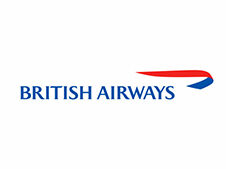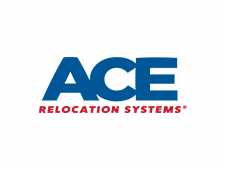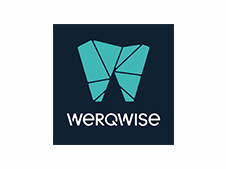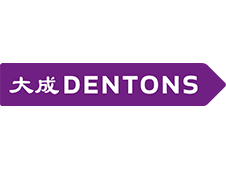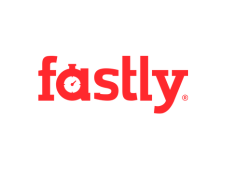We normally don’t associate restaurants and food service operations as the most technology savvy operations, but as BABC Board Member Simon Elliot and CATERForce Advisory Board Member explains in this article, times are changing, and the relevance of the catering industry’s experience to the wider business community is becoming more and more apparent. Few industries manage the sheer volume of transactions, labor hours and commodity purchases and customer service issues that all contribute to the touch points a restaurant has to control – if not, customers and cash can be lost overnight.
Integrating legacy technologies and data to drive actionable information and insights to your business
These are cross industry issues.
Legacy technologies? A myriad of data inputs and confusing data that doesn’t make much sense? Valuable resource and time dedicated to keep on top, yet the return is questionable in relation to the investment?
Various platforms, license expiration dates, maintenance, upgrades and compatibility challenges?
Is your IT department spending the majority of its time in a reactionary mode rather than a proactive, developmental and business improvement mode?
Are your hardware and maintenance costs increasing year on year as legacy hardware gets older and demand increases?
Surprisingly, this story is a common theme not only in small but medium and large business enterprises.
So what is the answer?
Take control of your business data, organize in a Big Data environment and through analytics and dash boarding, target actionable information that is focussed on functional and hierarchal roles within the organization and gain visibility like never before into how you manage your business, make decisions, control cost and substantially improve your bottom line.
Move your business data to the Cloud.
Reduce the need for capital infrastructure, expensive maintenance, software and hardware and refocus your IT department on innovation, development and enhancement as opposed to maintenance and firefighting.
The Cloud enables your business to input and access data from any Internet connected device – no more servers, investment in traditional hardware and flexibility for employees to Bring Your Own Device (BYOD) – let’s face it, they have them anyway.
Real time visibility
Integration with existing, legacy systems allows for real time data transfer protocols delivering mass data, from multiple sources into one place. Result? Enterprise wide data in one silo and the ability to analyze, interrogate an make sense – all in real time.
So what about the big security question?
There have been many stories over the years of laptops been taken from the back of cars, CD ROM’s, Flash Drives and Hard Drives containing critical data falling into the wrong hands.
With the Cloud, this data is protected in a safe environment and with robust access and password management protocols that do not necessitate the need for critical data been downloaded to local drives and accessible to unauthorized/unwanted users.
As a Managing Director of one business said, “I am crossing over to the Cloud with my business for data storage, managed messaging and business continuity and disaster recovery. No up front infrastructure costs, better staff efficiency, manageable monthly payment schedule based on what I use…and if the building burnt down, immediate data recovery and set up.”
Imagine a business environment without the costs and hassles of a traditional IT department, reduced resource drain through an integrated input and output approach and access to meaningful, actionable information, in real time, from wherever you are.
This is the future of business data visibility, access and management.
Modern business leaders should embrace the real business improvement opportunities of adopting the Cloud.



